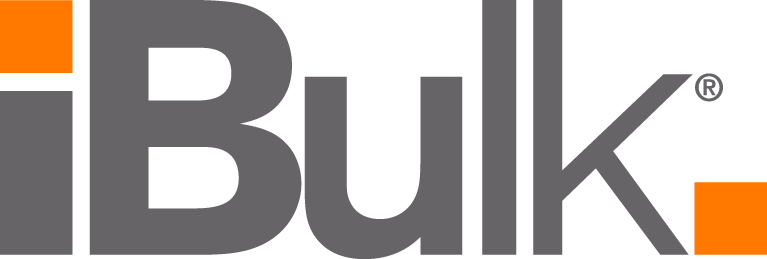iBulk Electro Magnetic Feeder (iSFH)
Electro Magnetic Feeders come in a comprehensive range of sizes to provide the answer for accurate controlled bulk materials extraction from storage hoppers. Their rugged and robust design make them ideal for continuous heavy duty applications up to 1100 TPH. Furthermore, the vibratory power unit guarantees performance which remains unaffected by heavy loads. The Feeders have evolved from many years of experience in the use of vibration to control material flow.
Advantages
Infinitely variable from 0-100%
Feeder is able to dribble feed
Can be brought to an immediate stop.
Easily linked to a PLC by means of a 4-20mAmp signal.
Designed for continuous heavy duty operation
Combines the advantages of accurate placing of feed material into or onto other processing equipment at a predetermined speed in the correct direction, with the capability of accurately controlling the feed capacity.
Economical link in the handling of a wide range of bulk materials from storage piles, hoppers, bins and silos.
Will continue to provide high performance and reliability throughout its long working life.
Applications and Industries
Typical process equipment to which the feeders can be applied for feeding controlled tonnages from hoppers are:
Belt conveyors
Vibrating screens
Crushers
Weigh hoppers
Elevators
Ball and tube mills
Mixers
Packing devices
Kilns
Installation
iBulk Electro Magnetic Feeders are generally mounted on rubber springs and for heavy duty or high temperature applications on steel coil springs. This makes them freely vibrating units transmitting minimal vibration to surrounding structures. They do not require special foundations.
Alternatively, the Feeders may be suspended on rubber compression springs.
High vibration damping may be achieved by using soft springs with high static strength.
In the case of abrasive materials, special linings can be provided. Dust may be controlled by the use of covered pans, with flexible seals being used at the transfer points.


